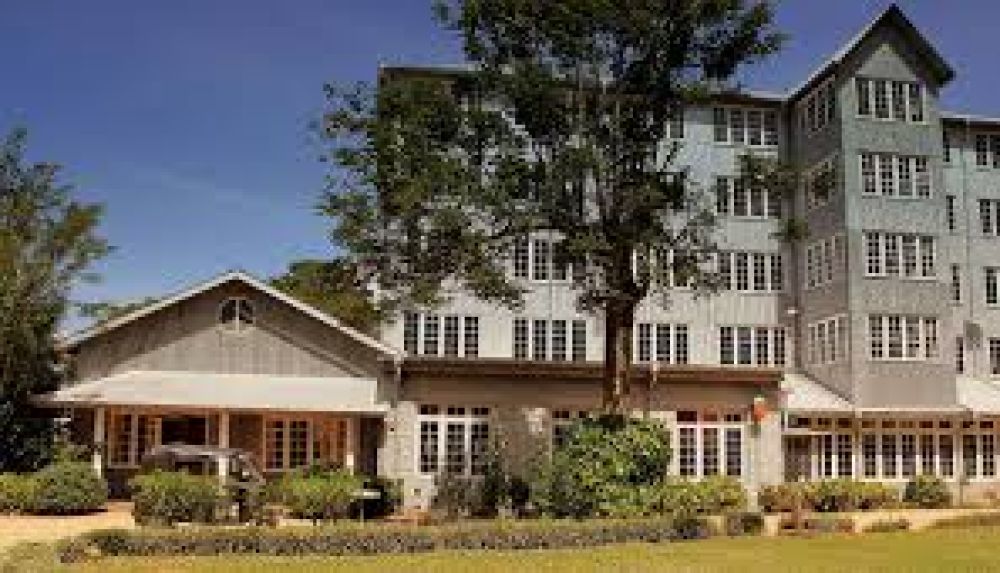

The rich history of Ceylon Tea begins with the introduction of tea to Sri Lanka, then Ceylon, by the British colonialists in the 19th century. It was in 1867 that James Taylor, a Scotsman, planted the first tea estate in Kandy, marking the start of what would become a globally renowned tea industry.
The tea culture quickly prospered under the British Raj and transformed the island's economy, landscapes, and indeed its very identity. By the late 19th and early 20th centuries, Ceylon tea had become a staple export and a symbol of quality and excellence across the globe.
In tribute to this rich heritage, the Ceylon Tea Museum was established in Kandy. It is housed within a former tea factory that itself is a testament to the history of Ceylon tea. The museum's location in Kandy is significant, given the region's central role in the production of tea and its enduring legacy in the industry.
The Ceylon Tea Museum offers a comprehensive look at the history of tea in Sri Lanka, from the early days of cultivation to the modern industry of today. Visitors can explore exhibits on tea pioneers, the manufacturing process, old machinery, and the progression of tea commerce in Sri Lanka.
While the museum itself was officially opened in 2001, the idea of preserving tea history in a museum form was long cherished by various stakeholders in the tea industry. It is a four-story building, where each floor is dedicated to a different aspect of the tea story. The ground floor and second floor display very old items of machinery and photographs of the era gone by. The third floor is allocated for tea sales outlets, whereas the museum is at the top floor.
Since its inauguration, the museum has attracted numerous local and foreign tourists, becoming an integral part of the Kandy tourism circuit. The increasing global desire for authentic experiences and interest in the origins of food and beverages has played a crucial role in the museum’s growth as a tourist destination.
In recent years, tourism trends have been leaning towards experiential and educational travel. The Ceylon Tea Museum has adapted to this by offering a thorough educational experience, complete with guided tours that explain the intricate history of tea production. Tourists can engage in tea tastings and even pluck their own tea leaves in nearby plantations, offering an up-close glimpse into the tea production process.
The museum has also been a part of the larger eco-tourism trend, where tourists are increasingly interested in sustainable and responsible travel. Ceylon tea plantations are at the forefront of this movement, implementing eco-friendly practices and showcasing them to visitors.
Sri Lanka's tourism, in general, emphasizes the importance of sustainable and ethical tourism, with many initiatives put in place to ensure that the country's natural beauty is preserved and that the benefits of tourism are distributed among the local communities. These values are also reflected in the ethos of the Ceylon Tea Museum.
Overall, the Ceylon Tea Museum stands as a unique destination for those seeking to understand the history and cultural significance of tea in Sri Lanka and the world, while also engaging with the latest trends in tourism that prioritize sustainability, education, and authentic experiences.